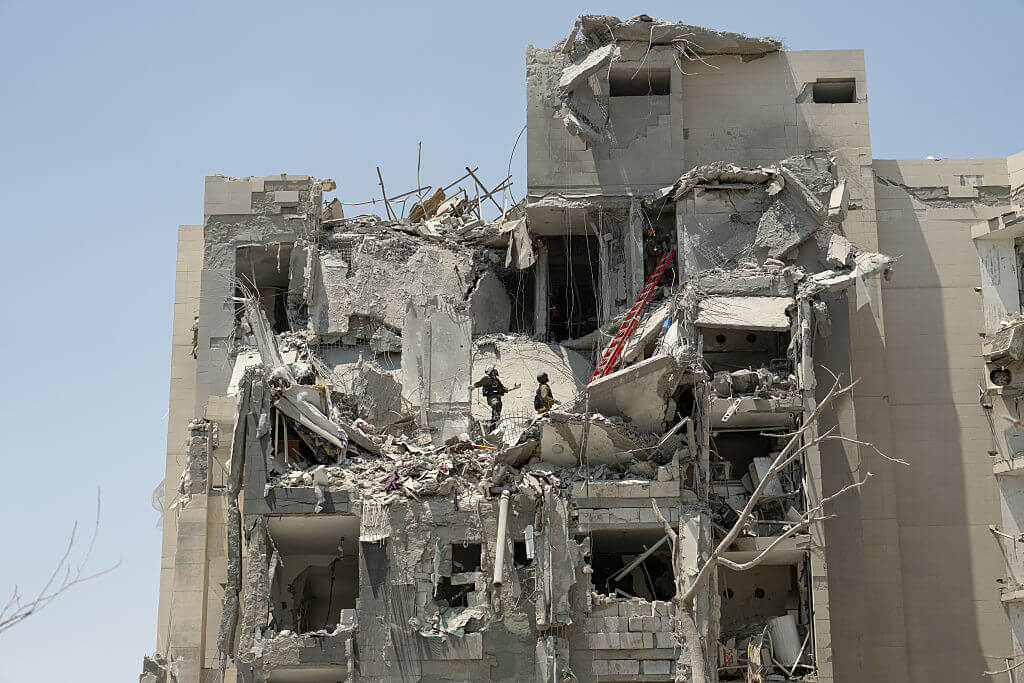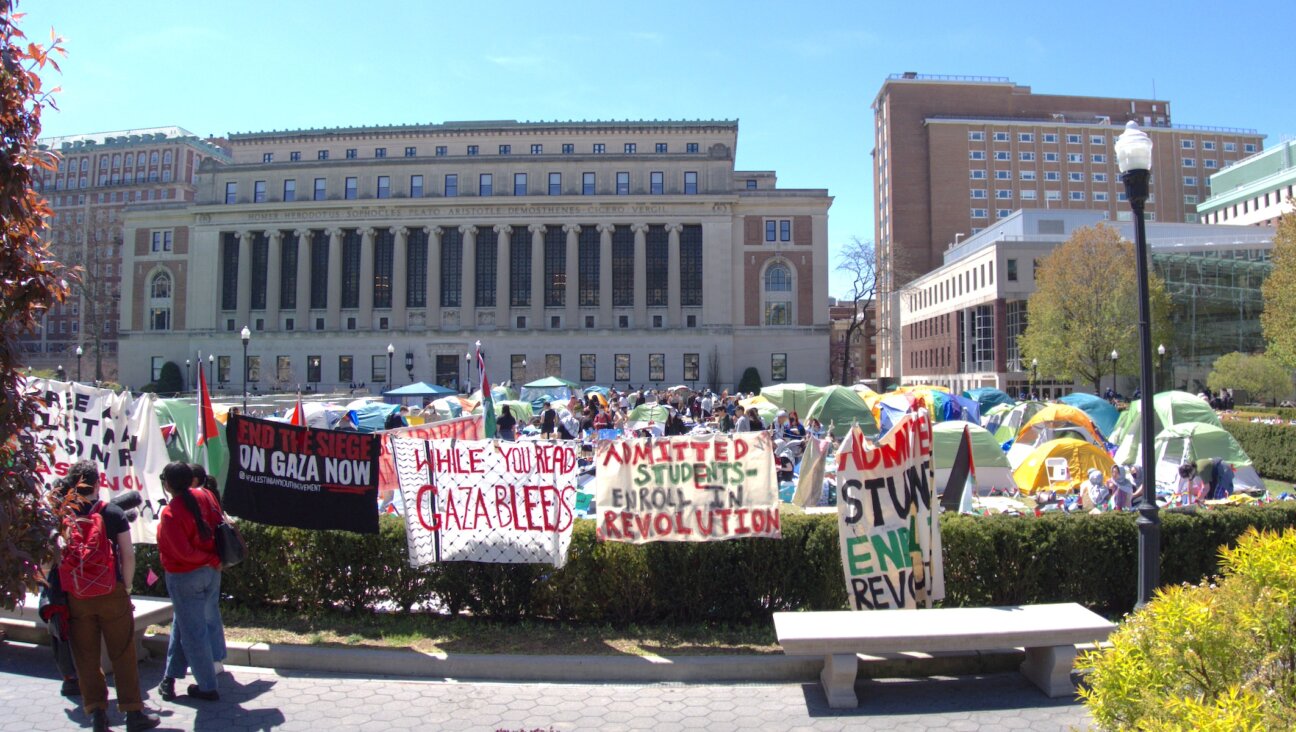Pyramid Scheme in Be’er Sheva

Graphic by Angelie Zaslavsky
Crossposted from Haaretz
Before green construction became a buzz word with architects declaiming the virtues of solar collectors and styled louvers, Israeli architects had already experienced planning for an extreme climate. In the golden age of public construction — the 1950s and 1960s — the Housing Ministry initiated experimental residential projects focused on the sun, wind and rain, or rather protection from them, mostly in desert towns or locales with dramatic topography. Planners were instructed to think outside the box and challenge the familiar and repetitive canon of housing projects.
The “Pyramid” in Be’er Sheva’s Dalet neighborhood is a fascinating example. It was built in the mid-’60s by architects Moshe Lofenfeld and Giora Gamerman, not far from Ben-Gurion University of the Negev, then under construction.





















